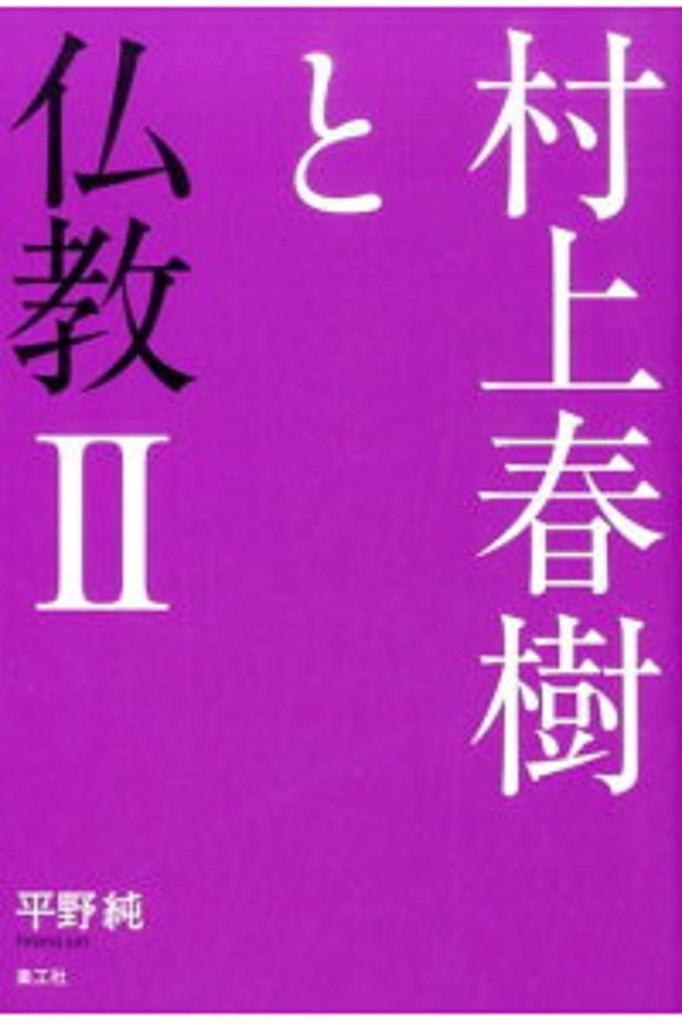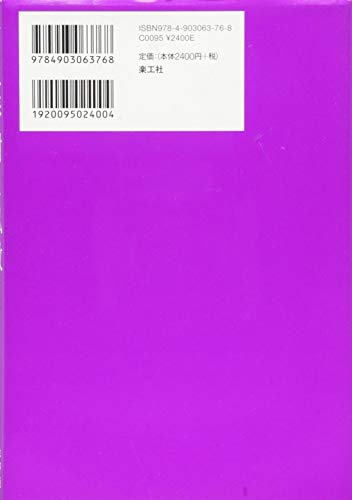The second volume of this groundbreaking critical essay paints a picture of Murakami never before seen!
"My father was a Buddhist monk. I was strongly influenced by that environment."
Despite Murakami himself once saying this,
the relationship between Buddhism and his works has never been discussed.
This book is the first to fully examine this point.
The author, a Buddhist scholar, clearly demonstrates that a Buddhist worldview has always underpinned Murakami's literature, following his major works from "Hear the Wind Sing" to
"Tsukuru Tazaki."
You can't discuss Haruki Murakami without reading this book.
Table of Contents
Introduction
Part 1: Overview—Considering Murakami Haruki's Relationship with Buddhism
Chapter 1: Murakami Haruki's "The Emptiness of All Dharmas"
Chapter 2: The Last Dream of Young Kafka
Chapter 3: "Emptiness" Challenges Free Will
Chapter 4: Murakami Haruki and "Time Distortion"
Chapter 5: Is the "Self" an Unknowable Dream?
Chapter 6: "Pantheism of Zero" and Human Destiny
Chapter 7: "Fate and Salvation" in Murakami's Literature
Part 2: Work Study
Chapter 8: "Dance Dance Dance"
—Relieve the Burden of "Hard-Boiled Wonderland and the End of the World"!
Chapter 9: "South of the Border, West of the Sun"
—How Possible is "The Ghost Story of the Peony Lantern" in an Advanced Capitalist Society?
Chapter 10: "Sputnik Sweetheart"
—The Viral Chain of "Disintegration of Self-Identity"
Chapter 11: "After Dark"
--Haruki Murakami's Easily Understandable World
Conclusion
Key References
■Author Profile
Jun Hirano
Writer and Buddhist scholar. Born in Tokyo in 1953. Graduated from the Faculty of Law, Tohoku University.
In 1982, he won the 19th Bungei Prize for "Sunday with a Cucumber of Love."
In parallel with his writing career, he mastered Pali and Sanskrit, and studied Buddhism (especially the relationship between Buddhist theory and contemporary thought).
His publications include "The Beginning Buddha" (Kawade Shobo Shinsha), "Solving the Heart Sutra: Mysteries" (Kawade Shobo Shinsha), "Paradise of Zero" (Rakkosha), and "The Samadhi Prajna Sutra" (Musosha). His essays include "Haruki Murakami: A Modern Exorcism of "Zero"" in "Interpretation and Appreciation of Japanese Literature" (Shibundo), "The Refrain of "Loss" and "Rebirth"" in "How to Read Haruki Murakami's 'Colorless Tsukuru Tazaki and His Years of Pilgrimage'" (Kawade Shobo Shinsha), among others. He also runs the website "Haruki Murakami and Buddhism.













![[Bold Large Print Book] The Fiend with Twenty Faces 2: VS Akechi Kogoro (Edogawa Ranpo Mystery Novel Collection)](https://img.joomcdn.net/96066f53fe35429b9b8a5b683afcf65890fa9392_70_100.jpeg)











